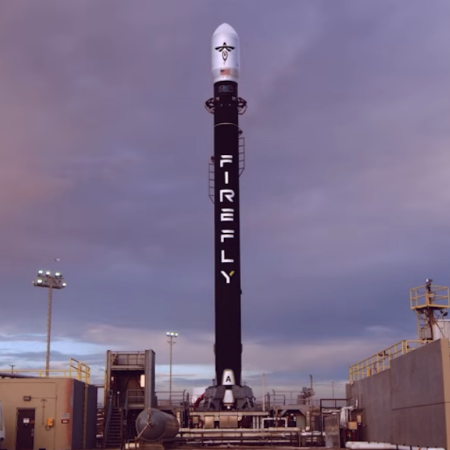Historical proof that today’s public schools are nothing but indoctrination mills poisoning minds
You want to know why today’s kids know nothing about America’s past, and in fact in many cases actually believe falsely that America invented slavery and has always been an evil oppressive nation founded on that even more evil concept of capitalism, you need only compare pictures of two typical public school classrooms, one from 1909 and one from 2025.
The picture to the right was taken in 1909, showing an elementary classroom in the Washington, DC area. Note the picture of President Teddy Roosevelt on the wall, surrounded by American flags. Note the blackboard that covers two entire walls, its entire face filled with detailed information these children were expected to learn. Note how there is nothing else. Very clearly the focus is on learning the basics of reading, writing, and arithmetic, with a lot of American history and science thrown in as well. As noted in the article of many such vintage classroom images from which this picture was drawn:
Students wear their best clothes for this formal photograph. The classroom features standard educational decor of the period—portraits of historical figures, maps, and instructional charts. Such photographs documented not just the students but the educational standards and resources of local communities.
As a child who grew up in the 1950s and 1960s, I can say that the classrooms of my day were quite similar. There was almost always a portrait of George Washington and the Declaration of Independence on the wall, along with map of the world and the U.S. And above all, the focus was on learning basic facts and essential skills.
The next picture below was taken in 2025 by a parent of an 11-year-old boy while attending a parent orientation night. It is also typical of the classrooms one sees nowadays in the public schools, and the contrast is more than striking.
» Read more


















